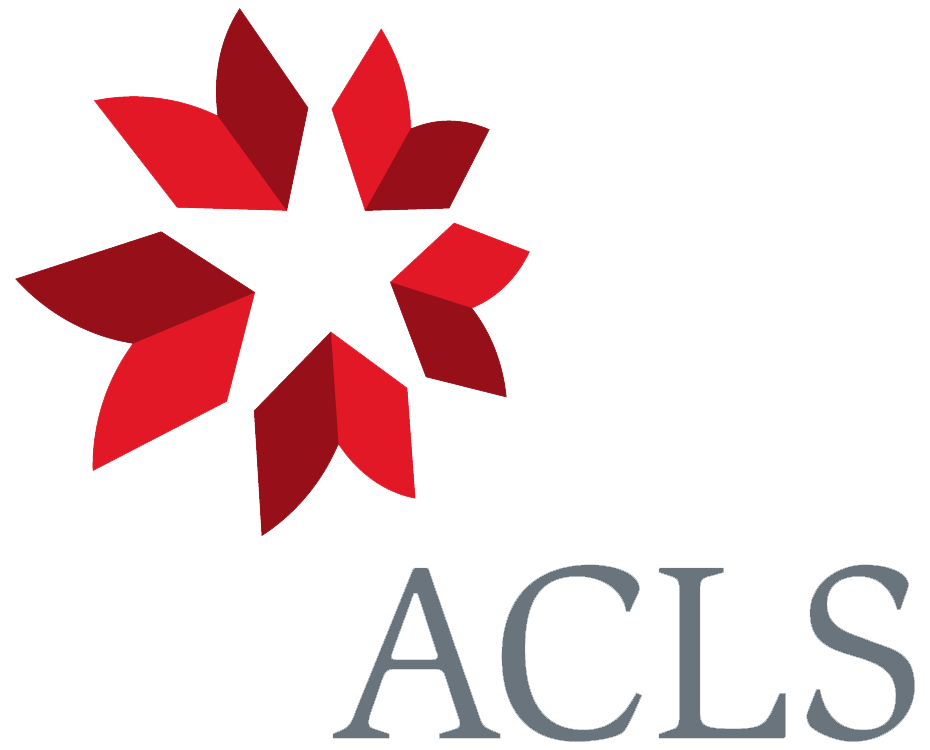From J. H. Gilbert to Francis Darwin 10 June 1876
Harpenden, St. Albans
June 10, 1876
My Dear Sir,
It is difficult to form a decisive opinion upon the “Natural” & “burnt” soils from the data recorded.1 Dr. Frankland does not state the method of analysis adopted, but from his expression that it cannot be concluded from the results that the constituents “are at present in such a form as to be capable of assimilation by plants”, and also from the results themselves, I gather that the quantities of lime, magnesia, potass, Soda, and phosphoric acid, are those yielded to extraction by acid; and in that case the quantities at present available will certainly be very much less than those represented by the figures, but how much less it is difficult to conjecture. Nor do you say whether, after the first burning, you extracted the mass by water, & then re-burnt? If you did and washed until the water came off pretty pure, and without marked alkaline reaction to test paper, I imagine you may assume your burnt soil to be a poor enough matrix for your purpose.
I enclose for your information a summary of many published results of analyses of soils; and also some comparative results on unburnt & burnt soils by Dr. Voelcker.2 From the former you will see that the amount of the important constituents yielded up to acid is generally very much greater than in your burnt soil (supposing it to be so analysed). Dr. Voelcker’s burnt soils also show much more of such constituents than your’s. The amounts of Lime, Magnesia, and potass in your burnt soil are, however, somewhat large if in an available condition, and in the burnt soil they would probably be more so than in the unburnt. Still, if you washed the burnt soil, and Dr. Frankland’s analyses represent the quantities taken up by acid, I am disposed to think you will have it in a sufficiently poor matrix.
If you care to see our experiments on the mixed herbage of grassland, and other field experiments, this is a very good time, & you should certainly come within a fortnight from the present time. I shall be in London from Wednesday evening to friday morning next, but know of no other engagement within that period, & shall be very glad to see you any day by previous appointment. You can leave St. Pancras (Midland) at 10.35 for Harpenden Station.3
I am, Yours sincerely | J. H. Gilbert
Of course we should be delighted to see your father also, if he can bear the fatigue—and if he come we should hope to see you in the afternoon for dinner & the night so as to be rested before seeing the experiments. If you come first you can judge how far it would interest your father
To Francis Darwin Esqre | Down, Beckenham, Kent
Footnotes
Bibliography
LL: The life and letters of Charles Darwin, including an autobiographical chapter. Edited by Francis Darwin. 3 vols. London: John Murray. 1887–8.
Voelcker, August. [1875.] Contributions to agricultural chemistry. 2 vols. London: n.p.
Summary
On burnt soils.
Letter details
- Letter no.
- DCP-LETT-10535G
- From
- Joseph Henry Gilbert
- To
- Francis Darwin
- Sent from
- Harpenden, St Albans
- Source of text
- Rothamsted Research (GIL13)
- Physical description
- CC 2pp
Please cite as
Darwin Correspondence Project, “Letter no. 10535G,” accessed on 24 April 2024, https://www.darwinproject.ac.uk/letter/?docId=letters/DCP-LETT-10535G.xml
Also published in The Correspondence of Charles Darwin, vol. 24


